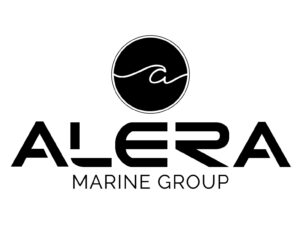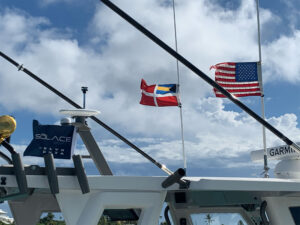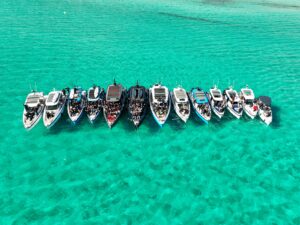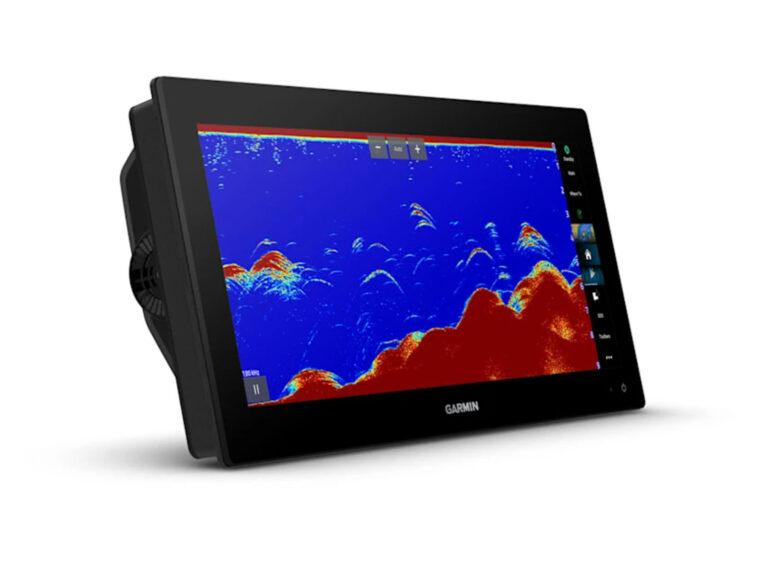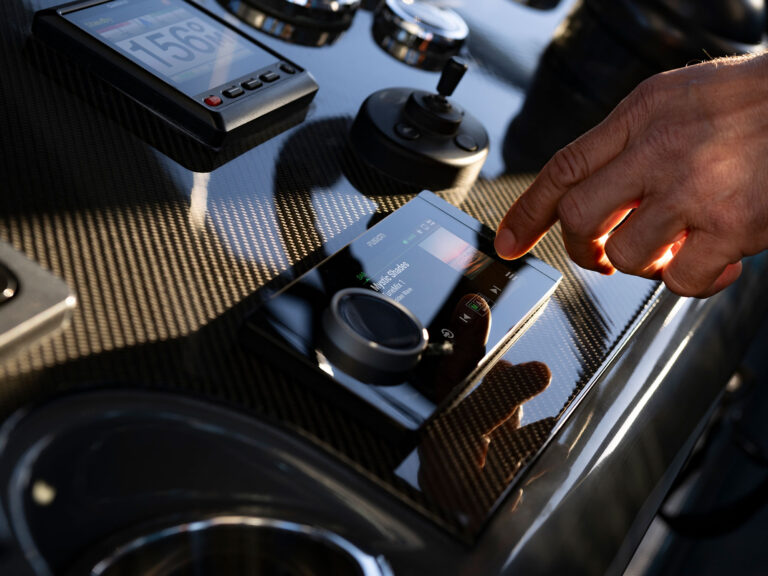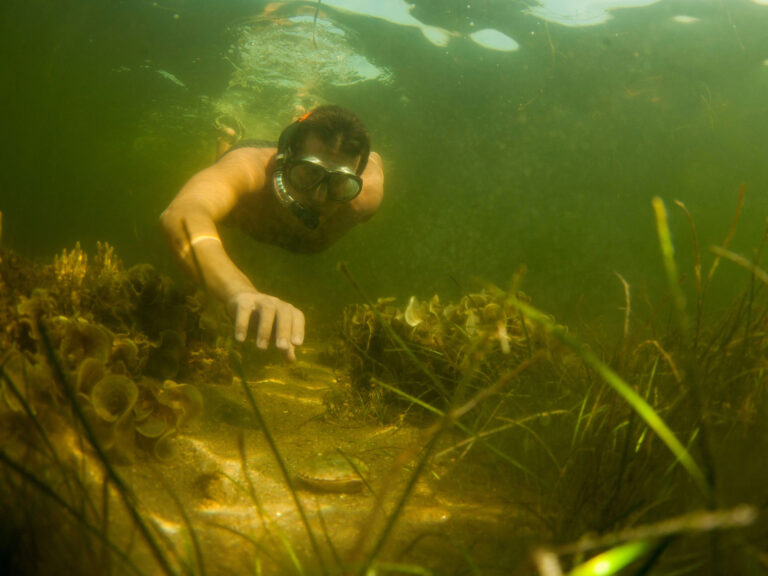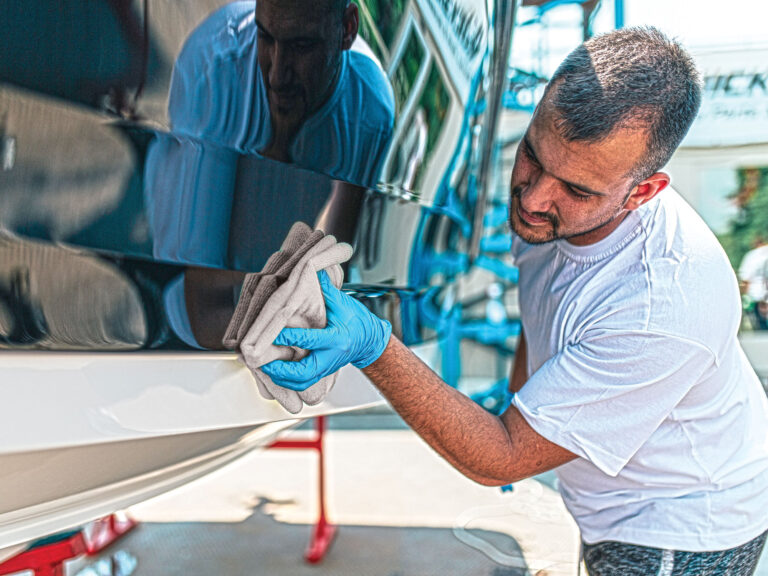As a southern California boater, I had felt far removed from the catastrophic earthquake and tsunami in Japan on March 11, 2011. So as I launched my boat on March 12, 2011, and ventured solo out on along the Pacific Ocean, the tsunami was only in the back of my mind, yet it quickly grabbed all of my attention.
The tsunami had reached my coastal region nearly 24 hours prior, and its force, once it arrived here, was but a shadow of the deadly onslaught that devastated Japan’s northeastern coast.
Even so, having never witnessed the aftermath of even a mild tsunami, I wanted to assess its effects in and around my home port of Alamitos Bay in Long Beach, California. I had expected to see some damaged docks and boats, displaced buoys and perhaps some shore erosion.
What I did not expect was a still-active tsunami. Yet that is what I found. The startling realization hit me as soon as I launched the boat. As I pulled off the trailer and idled into the main channel, the current instantly accelerated. The lingering tsunami was drawing water out of the bay at a prodigious rate.
Generous use of the throttle allowed me to fight the surge and get to the dock. Yet, no sooner had I tied up, than the current stopped just as suddenly as it started.
What’s more, by the time I retrieved and parked my truck and trailer and returned to my boat, the current had resumed its earlier velocity, but in the opposite direction. It was flooding in, and the spot where my truck had been sitting on the ramp was now completely under water. Egads!
As I picked my way through the harbor, I noted that all of the channel markers were now off station, some by as much as 100 yards. I did not witness any other damage until I got to the barges in the outer harbor where I purchase live sardines or squid. Days earlier there had been two barges – each more than 100 feet long. Today there was only one.
The bait barge operator told me a day earlier both barges were caught in a giant vortex of swirling water, and the other barge evidently wound its anchor chain too tight, lifting the anchor off the bottom. The barge then drifted to sea with an outgoing tsunami surge.
I witnessed a number of such whirlpools, most of them along the edges of jetties and harbor openings. The sight of them made the hair on the back of my neck stand up. Never had I seen such bizarre or unpredictable ocean conditions.
Upon my return to the launch ramp, I found the tsunami still in play. A torrent of muddied water was draining from the bay. Arrgh!
Never one to shy away from a launch ramp challenge, I backed the trailer into the water, positioning it as I would normally. I then got the boat, and on the second try in the raging current managed to center the hull on the trailer bunks.
I had beat the tsunami…or so I thought. Within seconds of getting the boat on the trailer, the current abruptly reversed itself, and a surge of ocean water now raced inward. Almost instantly, it submerged the entire trailer, and was threatening to do the same to my tow vehicle. Yet, I was still in the boat!
Recognizing the urgency, I raced to the bow, climbed on to the trailer tongue and then stepped into the flooding waters, which had already submerged the rear wheels of the truck.
I threw open the driver’s door, frantically started the truck, jerked the tranny into drive, and then pulled the rig from the menacing froth of tsunami waters, just as they were tickling the front tires.
That was more than enough challenge for me, and it is an experience I will not repeat. Even if there another tsunami affecting my home port within this lifetime, I plan to stay shore bound for at least a week after the next one hits.

